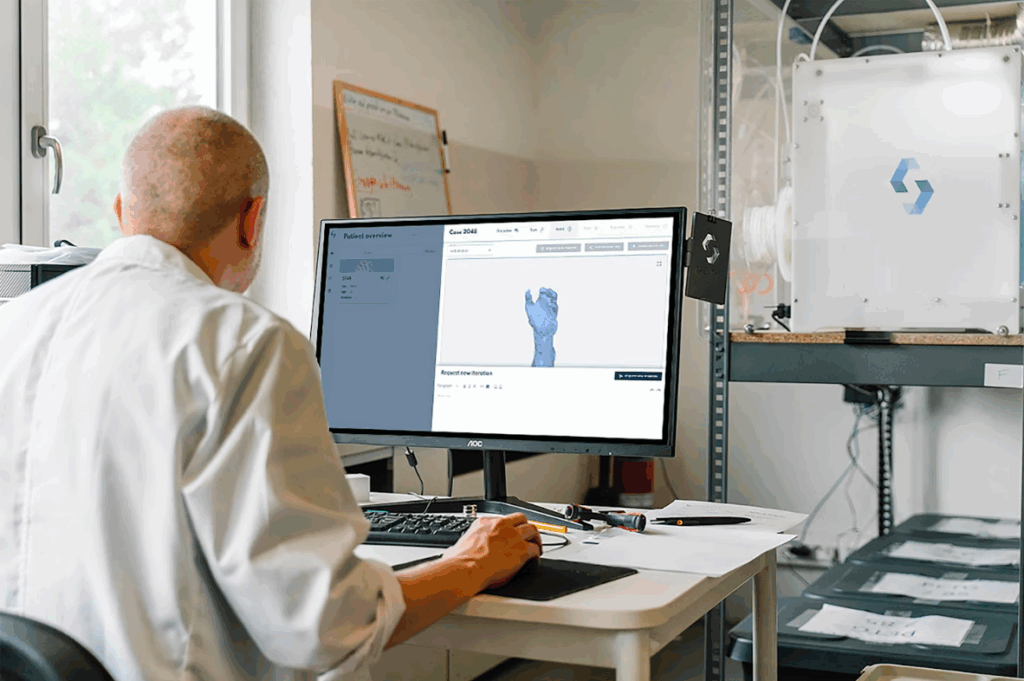The concept of multiple engineers editing the same CAD model at the same time once seemed futuristic. Today, synchronous CAD editing is not just possible—it’s essential. For teams that rely on speed, clarity, and agility, this capability redefines how products are designed and reviewed.
In traditional workflows, designers often have to wait their turn. One engineer makes edits, saves a file, sends it out, and another picks it up—hours or days later. This serialized flow slows innovation and opens the door to errors or miscommunication. Synchronous CAD editing eliminates this barrier by enabling real-time collaboration in the same design space.
With tools that support this feature, contributors can instantly see each other’s changes. This immediate visibility enhances coordination and reduces duplication of effort. Whether a design review is happening or a prototype is evolving, updates appear live, keeping the entire team synchronized.
Beyond speed, the psychological effect is powerful. Engineers feel more connected when they work together in real time, even when they’re remote. This increases accountability and shortens feedback cycles, leading to faster decisions and fewer delays.
Synchronous CAD editing also enables new design workflows. For example, one team member can sketch geometry while another defines constraints. Meanwhile, a third can adjust the assembly or leave comments—all without pausing the flow. This level of parallel collaboration simply isn’t possible with file-based systems.
Security and control are not compromised. Team-based CAD platforms offer fine-grained permissions, allowing leaders to define who can edit what. Combined with built-in product data management in CAD, every action is tracked and recoverable, ensuring transparency.
It’s also a productivity multiplier during reviews. Instead of reviewing exported PDFs or static screenshots, managers and stakeholders can participate in live design sessions, making suggestions and seeing instant results. This creates a culture of engagement, not just oversight.
In the end, synchronous CAD editing isn’t just a technical feature—it’s a mindset shift. It encourages teamwork over isolation, speed over delay, and clarity over assumptions. For modern teams, it’s a game-changing advantage.

